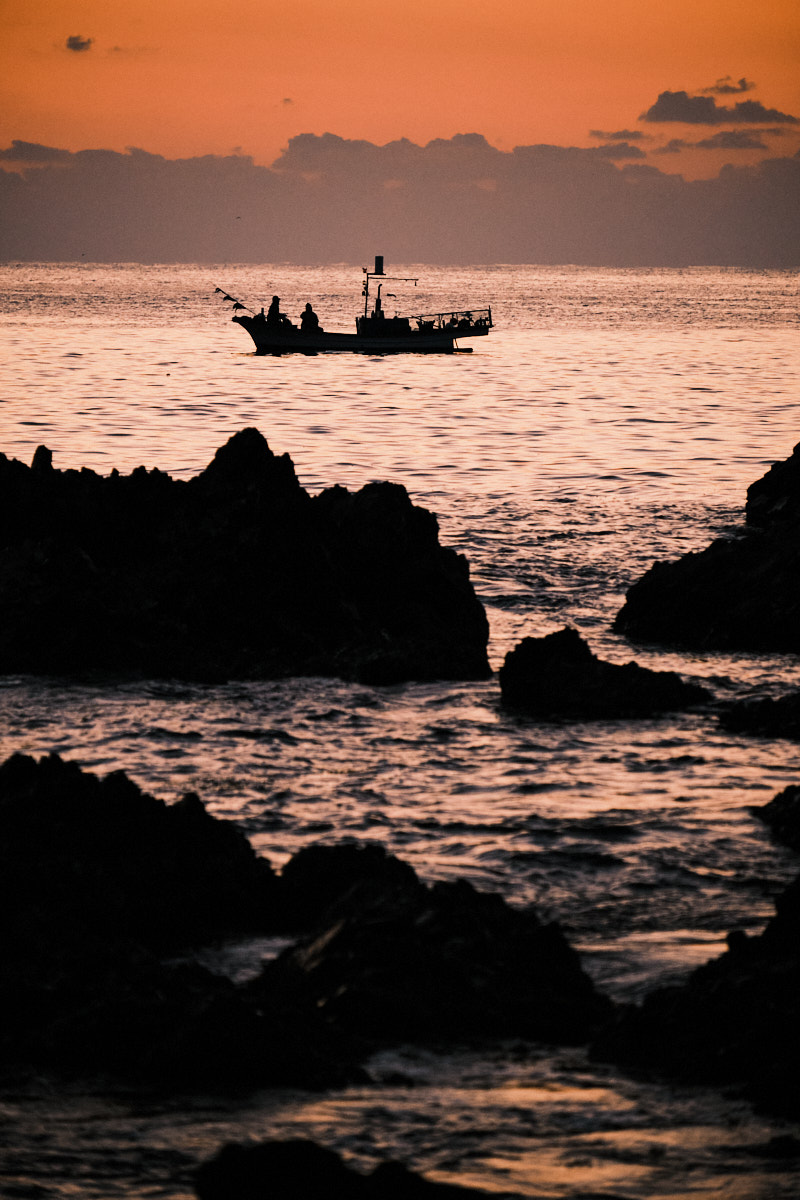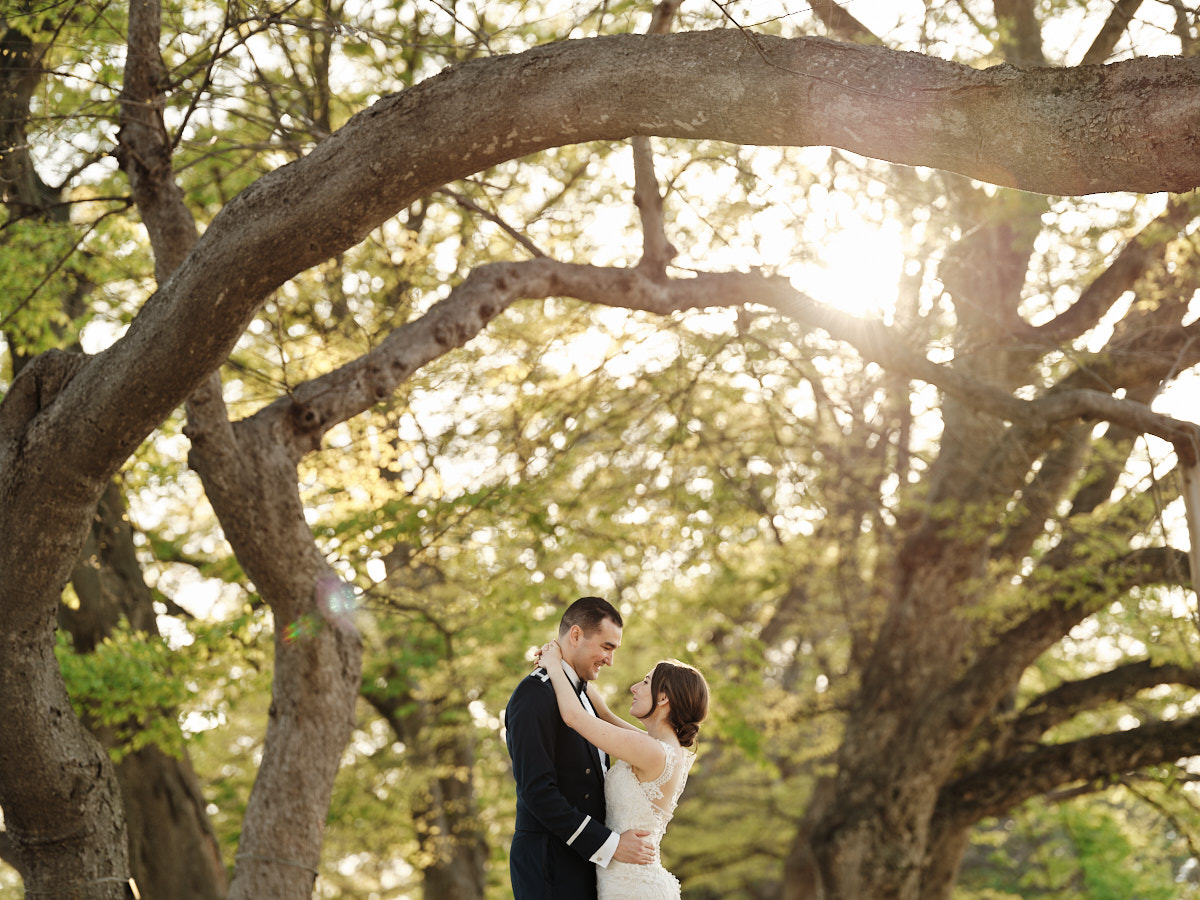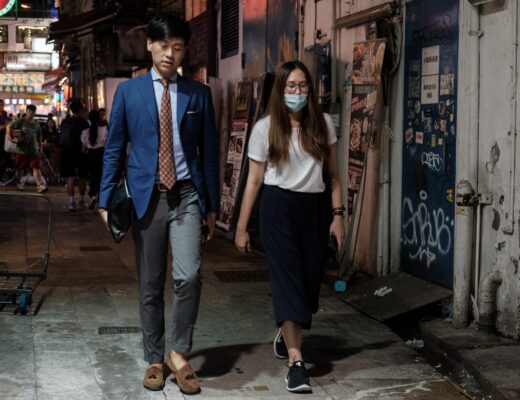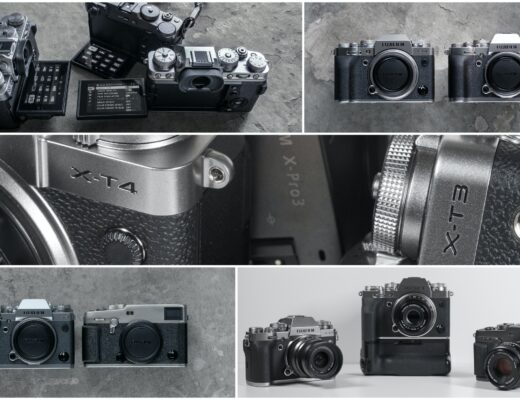In my previous article, I discussed my love for the 35mm focal length and why it would be my only lens if I couldn’t have another. In this month’s discussion, I’ll talk about why a long lens can be a useful addition to your arsenal. While it can be easy to dismiss longer focal lengths as being only necessary when things are far away, that really is selling them short. Let’s see why.
As we move into the realms of longer focal lengths, like 50mm, 90mm or 140mm, a few things begin to happen to our images. The optical effects of these lenses can be exploited to make interesting images not possible with shorter focal lengths, as Joe McNally will no doubt attest. While a 35mm lens can be used to render the world in a natural and comfortable way, a long lens such as a 200mm can be used to create a very different look. The longer the focal length, the more pronounced the effects below will become.
Bringing things close
The first (and most obvious) use for a long focal length is magnifying distant subjects. Objects farther away can essentially be ‘brought close’ or enlarged in the frame. It is for this reason that wildlife photographers and sports photographers make use of them. Instead of having to sneak up on a wild bird or dodge football players running at full tilt, the photographer is able to essentially bring the subject to them.
Professionals in those spaces can often be seen lugging around lenses that weigh as much as the whole kit of a family photographer. One only needs to look at Fujifilm’s 200mm f/2 to get an idea of whether or not they’re willing to work with a lens like that. High quality, fast aperture lenses with long focal lengths tend to get very large very quickly. However, there some slower aperture options that are much more portable, such as the brand new XF 70-300mm f/4-5.6.

While I could have waded out approximately 10 metres further to photograph this boat, it was about 100m off shore and there was no way I could get close to it. Being able to “pull” it in closer with the long focal length enabled me to get this image. (X-T4 + XF 55-200mm f/3.5-4.8 @ 141mm)
So-called ‘compression’
One of the things that happens as we step away from a subject and let a long lens get us close is that the scene appears to get compressed. This is exactly the effect that Joe McNally was exploiting in the link above. This is called perspective distortion and results in elements in the frame appearing closer together on the depth axis. This is the result of the relative distance between the camera and the objects in the frame. As we move further away from things, they appear to be relatively closer to each other from our perspective.
This effect can be used in extreme cases, such as tourists pinching the Eiffel Tower or holding the sun. However, it can be used much more subtly by careful subject placement to create abstract patterns with the background or make a subject look much closer to other elements than they actually are.

This image of Olympic Bridge in Seoul was made from quite a distance away at a focal length of 116mm. This gives the impression of the bridge, buildings, and mountains being stacked on top of one another, despite being multiple kilometres apart. (X-T4 + XF 55-200mm f/3.5-4.8)
Depth of field
Longer focal lengths produce a shallower depth of field for a given aperture and subject distance. So, if I take a portrait at 35mm and 90mm, both at f/2 and without moving back to accommodate the framing of the 90mm, the image produced by the 90mm lens will have a much shallower depth of field.
We can therefore use fast lenses with long focal lengths to effectively isolate our subjects with depth of field. A lens like the XF 90mm f/2 does an exceptional job of this. This is what typically makes a good ‘traditional’ portrait lens. A 56mm or 90mm lens affords the photographer a little space between them and their subject, meaning that their features will be flattened and flattered. It also offers shallow depth of field, giving the viewer a sharp portion of the image to rest their eyes on.

This example of shallow depth of field from the GF 110mm f/2 used at f/2.8 gives a good example of how depth of field can be used to draw your focus to the subject. On the Fujifilm X cameras, this lens is equivalent to the XF 56mm f/1.2. (GFX 100S + GF 110mm f/2)
Minimising background/foreground
The narrow angle-of-view we get from longer focal lengths is also something we can make use of to minimise unwanted elements in our images. For example, consider making a portrait in a public park. There will likely be other people, signs or garbage cans that we don’t wish to be in the composition. Of course, we could frame them out but, sometimes, we cannot make that work with the desired angle. In these cases, the narrow field of view provided by a longer focal length can help to remove these elements.
This effect can also be useful in a studio portrait situation. For example, in a corporate client’s office, we could set up a 1 metre wide white backdrop. Using a 35mm lens would mean that we’d likely get some of the office walls or other elements in the side of the frame. Switching out for the XF 50-140mm f/2.8 and zooming to, for example, 70mm could shave the sides off the image and mean a whole lot less retouching.

This egret was wading in our local stream at sunset. By using the long focal length afforded by the XF 55-200mm f/3.5-4.8, I was able to isolate the bird in the reflection of the dark areas behind it, and crop out the reflections of the sky and banks of the stream. The use of light alongside a long focal length can produce studio-like results, even at the local stream. (X-T4 + XF 55-200mm @ 181mm)
In conclusion
A long focal length lens is a great addition to the bag for many types of photography. Unlike a ‘normal’ lens, the great benefit of a long lens lies in its ability to distort the way the human eye sees the world. We’re not used to seeing distant birds up close or backgrounds pulled close to people and blurred into unrecognisable patterns. This is where we can really make use of a longer focal length. Do you own a long lens? What’s your favourite use for it? Maybe you don’t own one, which one in the Fujifilm range do you covet most?



















